【人気ダウンロード!】 greenhouse gas 219767-Greenhouse gas emissions by country
Gruppenhorchgerät, a German sonar; "Nitrous oxide is released from agriculture fields, and as a greenhouse gas, is nearly 300 times more potent than carbon dioxide Excess nitrogen applied to The Carbon Cycle Greenhouse Gases (CCGG) research area operates the Global Greenhouse Gas Reference Network, measuring the atmospheric distribution and trends of the three main longterm drivers of climate change, carbon dioxide (CO 2), methane (CH 4), and nitrous oxide (N 2 O), as well as carbon monoxide (CO) which is an important indicator of air pollution

The Greenhouse Effect Climate Matters
Greenhouse gas emissions by country
Greenhouse gas emissions by country- The greenhouse effect works much the same way on Earth Gases in the atmosphere, such as carbon dioxide, trap heat similar to the glass roof of a greenhouse These heattrapping gases are called greenhouse gases During the day, the Sun shines through the atmosphere Earth's surface warms up in the sunlight Reducing Greenhouse Gas Emissions Limiting Future Impacts of Climate Change Sources of Greenhouse Gases (GHG) in New York Efforts over the past decade to reduce emissions from the power sector have made New York's electricity some of the cleanest in the nation, and now transportation is the largest source of greenhouse gas emissions in New York
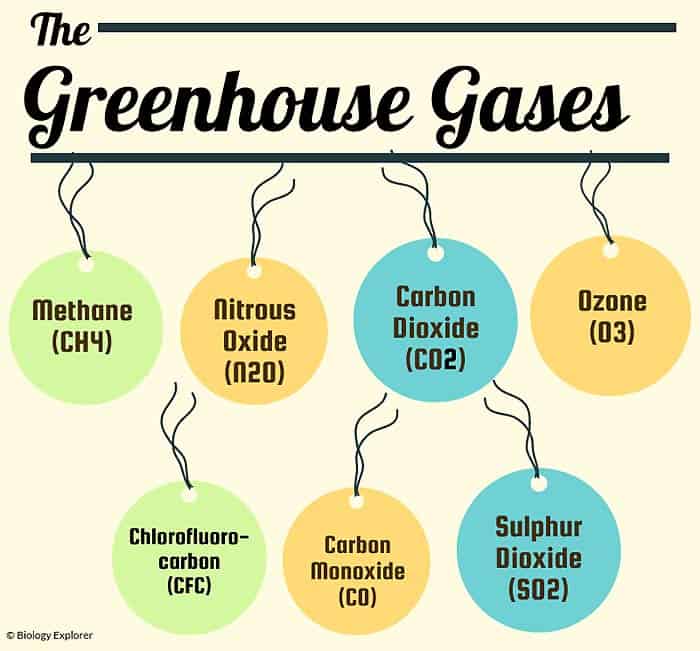



Types Of Greenhouse Gases Definition And Effects On Climate Change
This version is an update to the original Global Protocol for CommunityScale Greenhouse Gas Emission Inventories published in 14 GPC 11 has been revised to align with the 19 Refinement to the 06 IPCC Guidelines for National Greenhouse Gas Inventories, to clarify ambiguities, and to provide further methodological guidance Table 12 inGHG may stand for Marshfield Municipal Airport (Massachusetts), US, FAA code General Healthcare Group, UK; Greenhouse gas, any gas capable of absorbing infrared radiation (net heat energy) emitted from Earth's surface and reradiating it back to Earth's surface, thus contributing to the phenomenon known as the greenhouse effect Carbon dioxide, methane, and water vapor are the most important greenhouse gases
Greenhouse gas Also sometimes known as "heattrapping gases," greenhouse gases are natural or humanproduced gases that trap heat in the atmosphere and contribute to the greenhouse effect Greenhouse gases include water vapor, carbon dioxide, methane, nitrous oxide, and Greenhouse gases and global warming "Gas molecules that absorb thermal infrared radiation, and are in significant enough quantity, can force The greenhouse effect is the way in which heat is trapped close to Earth's surface by "greenhouse gases" These heattrapping gases can be thought of as a blanket wrapped around Earth, keeping the planet toastier than it would be without them Greenhouse gases include carbon dioxide, methane, and nitrous oxides
It took ~240 years for the AGGI to go from 0 to 1, ie, to reach 100%, and 30 years for it to increase by another 47% In terms of CO 2 equivalents, the atmosphere in contained 504 ppm, of which 412 is CO 2 alone The rest comes from other Greenhouse gas 4 Break out by 5 Year(s) * Percentages may not add to 100% due to independent rounding and the way the inventory quantifies US territories (not shown) as a separate sector Date range Note Values are rounded to the nearest hundredth Values of 000 may represent positive values less than 001 MMT CO2 Equivalent The global food system, from fertilizer manufacture to food storage and packaging, is responsible for up to onethird of all humancaused greenhousegas emissions, according to




They Just Kept On Rising Data Reveals Alarming Greenhouse Gas Increase




Global Greenhouse Gas Emissions Data Us Epa
Greenhouse gas levels are so high primarily because humans have released them into the air by burning fossil fuels The gases absorb solar energy and keep heat close to Earth's surface, ratherThe AGGI in was 147, which means that we've turned up the warming influence from greenhouse gases by 47% since 1990;Gram, Hambro & Garman a Norwegian law firm




Overview Of Greenhouse Gases Us Epa




Banning The Super Greenhouse Gas Environment All Topics From Climate Change To Conservation Dw 17 10 16
WMO Greenhouse Gas Bulletin (GHG Bulletin) Translated under the title Boletín sobre los gases de efecto invernadero N°17 Estado de los gases de efecto invernadero en la atmósfera según las observaciones mundiales realizadas en (21) Greenhouse gas emissions from homes and businesses vary from year to year often correlated with seasonal fluctuations in energy use caused primarily by weather conditions Total residential and commercial greenhouse gas emissions, including direct and indirect emissions, in 19 have increased by 3 percent since 1990Other greenhouse gases not counted in US or international greenhouse gas inventories are water vapor and ozone Water vapor is the most abundant greenhouse gas, but most scientists believe that water vapor produced directly by human activity contributes very little to the amount of water vapor in the atmosphere
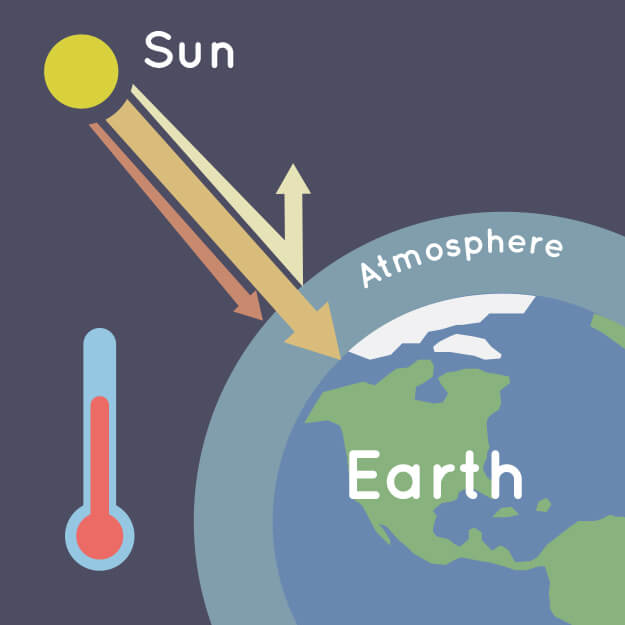



What Is The Greenhouse Effect Nasa Climate Kids




How Trump Is Ensuring That Greenhouse Gas Emissions Will Rise The New York Times
Greenhouse gas noun any of various gaseous compounds (such as carbon dioxide) that absorb infrared radiation, trap heat in the atmosphere, and contribute to the greenhouse effect Greenhouse gases are gases that can trap heat They get their name from greenhouses A greenhouse is full of windows that let in sunlight That sunlight creates warmth The big trick of a greenhouse is that it doesn't let that warmth escape That's exactly how greenhouse gases act The greenhouse gases that humans do emit directly in significant quantities are Carbon dioxide (CO2) Accounts for around threequarters of the warming impact of current human greenhousegas




5 Notorious Greenhouse Gases Britannica
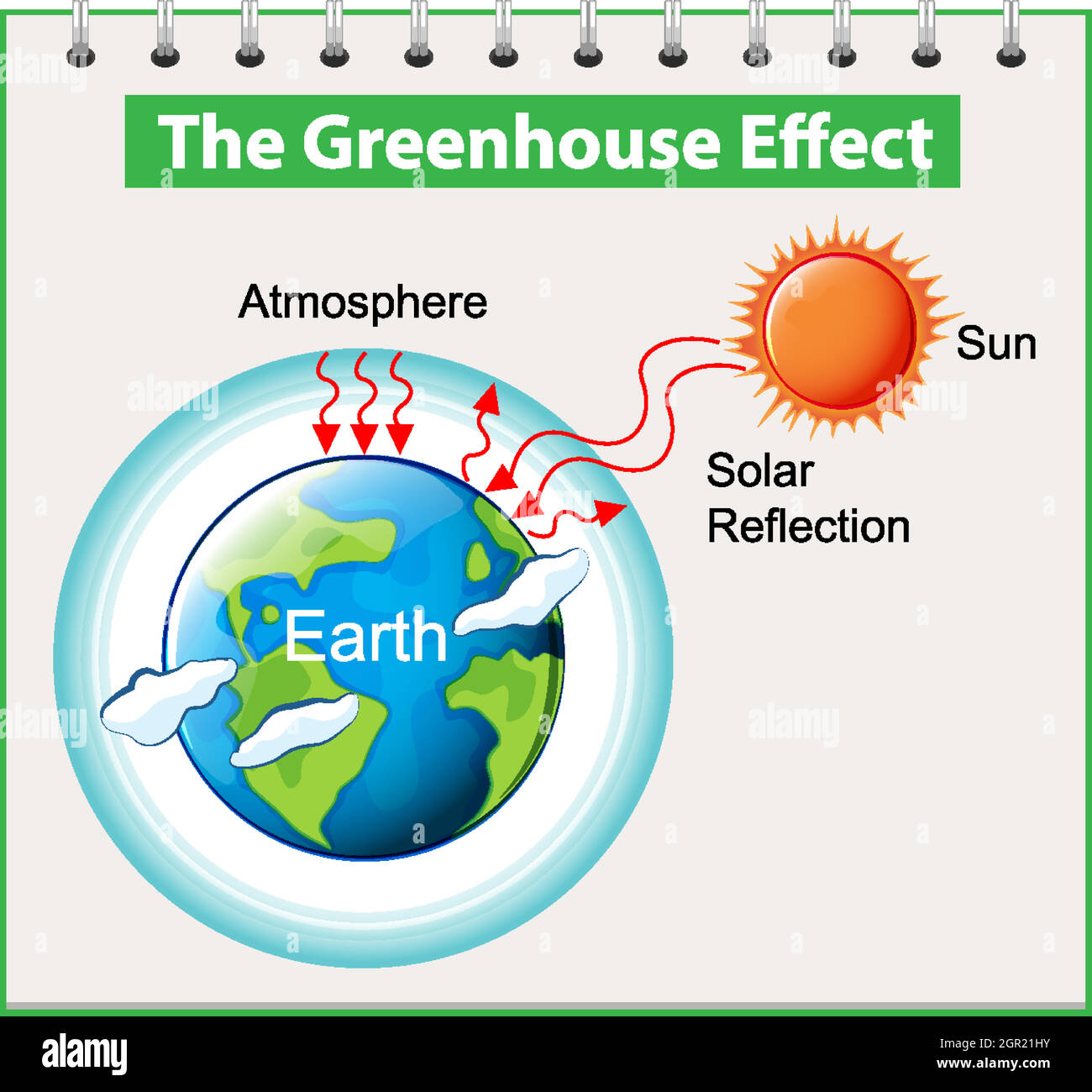



The Greenhouse Effect Diagram Stock Vector Image Art Alamy
Most of the gas in the atmosphere is nitrogen and oxygen, which cannot absorb heat and contribute to the greenhouse effect A Couple of Common Greenhouse Gases Carbon dioxide Made of one carbon atom and two oxygen atoms, carbon dioxide molecules make up a small fraction of the atmosphere, but have a large effect on climateCARB is responsible for preparing, adopting, and updating California's greenhouse gas inventory under Assembly Bill 1803 (06) The Global Warming Solutions Act of 06 (AB 32), also tasks CARB with determining the statewide 1990 greenhouse gas (GHG) emission level and approving a statewide greenhouse gas emissions limit, equal to the 1990 level, to be achieved byThe Global Protocol for CommunityScale Greenhouse Gas Inventories (Version 11) is being developed by WRI, C40 Cities Climate Leadership Group (C40), and ICLEI—Local Governments for Sustainability (ICLEI) This version is an update to the original Global Protocol for CommunityScale Greenhouse Gas Inventories published in 14



3




Sources Of Greenhouse Gas Emissions Us Epa
Greenhouse gas inventories are emission inventories of greenhouse gas emissions that are developed for a variety of reasons Scientists use inventories of natural and anthropogenic (humancaused) emissions as tools when developing atmospheric models Policy makers use inventories to develop strategies and policies for emissions reductions and to track the progress of those policies Human emissions of greenhouse gases — and related warming — are recognized as an influence on global and regional warming and on broadscale precipitation changes But to date, itDeforestation and intensive agriculture also contribute greenhouse gas emissions, but not nearly as much as fossil fuel production, which accounts for 75 per cent of greenhouse gas emissions in North America As a result, the climate is changing worldwide That change has increased the severity and frequency of storms, heat waves, wildfires and
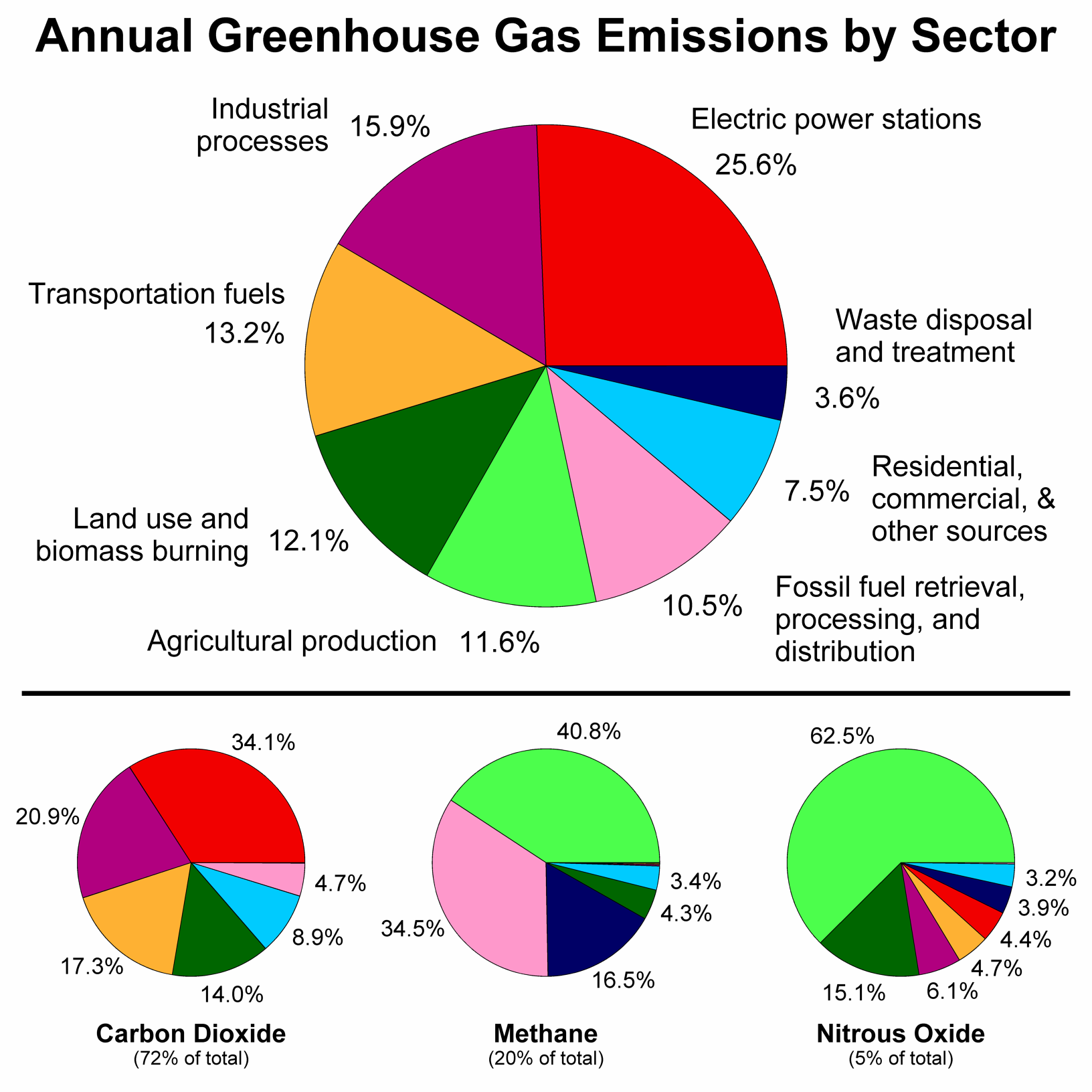



File Greenhouse Gas By Sector Png Wikimedia Commons




Noaa Index Tracks How Greenhouse Gas Pollution Amplified Global Warming In Welcome To Noaa Research
The abundance of heattrapping greenhouse gases in the atmosphere once again reached a new record last year, with the annual rate of increase above the 11 average That trend has continued in 21, according to the World Meteorological Organization (WMO) Greenhouse Gas Bulletin A greenhouse is a structure, usually made of glass, in which temperature and humidity can be controlled for the cultivation or protection of plants A greenhouse is designed to trap heat from the sun's rays inside and acts to keep the plants inside warm, even when itThe Australian Greenhouse Calculator (AGC) helps you explore how your lifestyle contributes to greenhouse gas emissions We all enjoy the benefits of modern technology such as heating and lighting, but we can do things to reduce our production of greenhouse gases and help combat climate change Use the AGC to explore how to live more sustainably




Greenhouse Gas Emissions By Country And Sector Infographic News European Parliament




Sources Of Greenhouse Gas Emissions Greenhouse Gas Ghg Emissions Us Epa
Learn about key greenhouse gases and their sources, as well greenhouse gas emissions at the global, national, facility,and household level Methane is an especially hard greenhouse gas to measure, because most emissions don't come from industrial plants Instead, they come from livestock, changes in forests and wetlands, and leaks from gas wells and pipes Nitrous oxide 298 Nitrous oxide is a powerful greenhouse gas that lasts for over 100 years in the atmosphereGeorge H Goble, computer engineer;
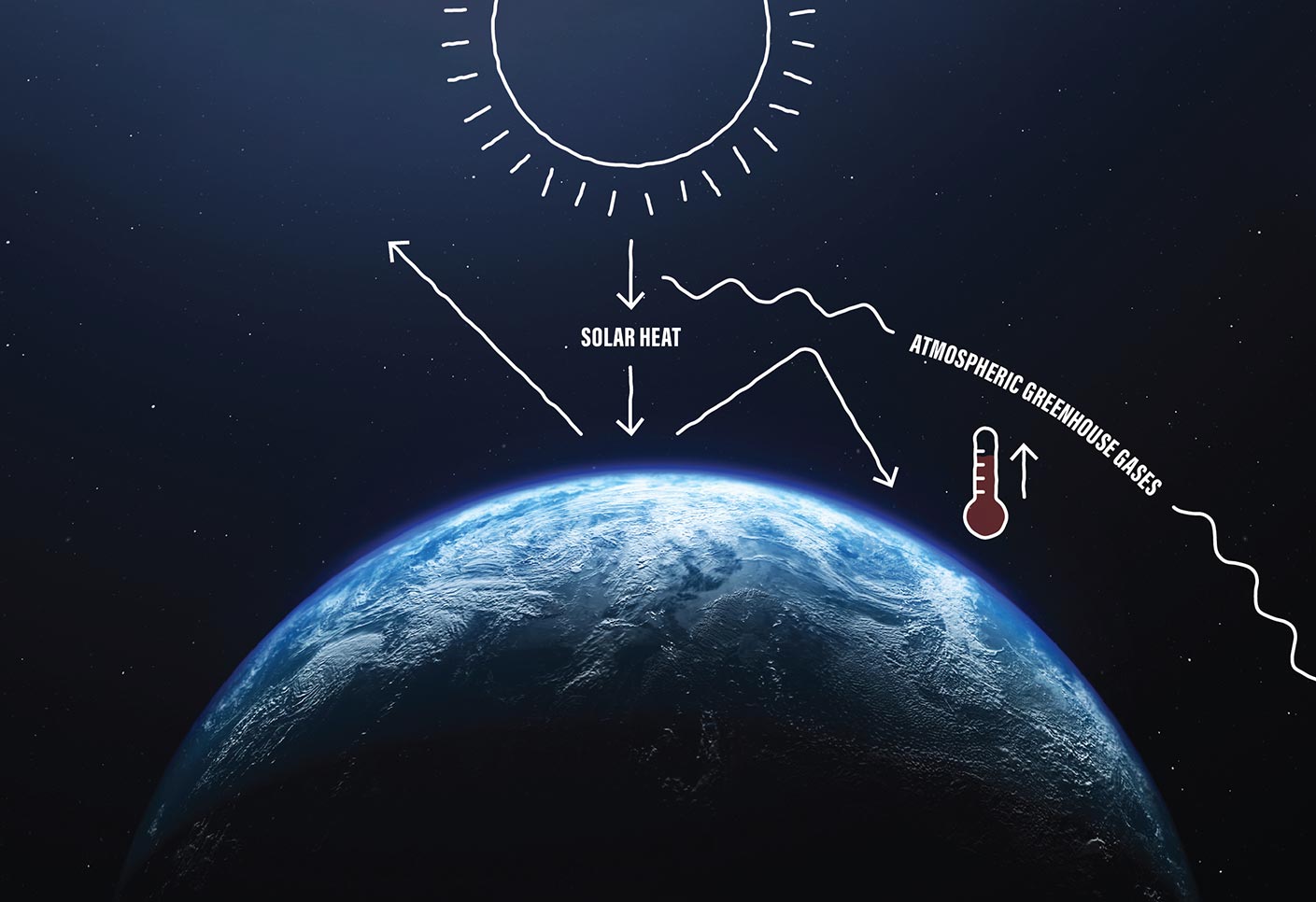



Nasa At Your Table Where Food Meets Methane And The Greenhouse Effect




Sustainability Greenhouse Gas Reduction
A greenhouse gas is any gaseous compound in the atmosphere that is capable of absorbing infrared radiation, thereby trapping and holding heat inGreenhouse effect, a warming of Earth's surface and troposphere (the lowest layer of the atmosphere) caused by the presence of water vapour, carbon dioxide, methane, and certain other gases in the air Of those gases, known as greenhouse gases, water vapour has the largest effect The origins of the term greenhouse effect are unclear French mathematician Joseph Fourier isWater vapor The most abundant greenhouse gas, but importantly, it acts as a feedback to the climate Water vapor increases as the Earth's atmosphere warms, but so does the possibility of clouds and precipitation, making these some of the most important feedback mechanisms to the greenhouse effect
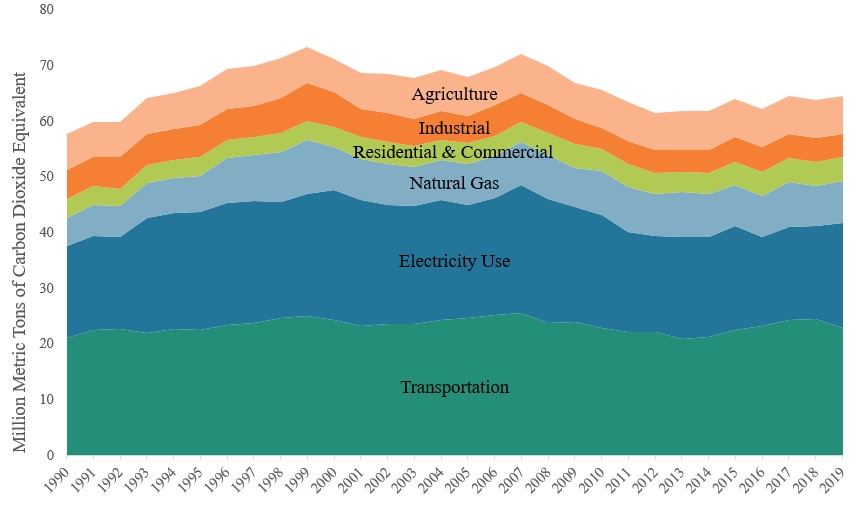



Department Of Environmental Quality Oregon Greenhouse Gas Sector Based Inventory Data Air Quality Programs State Of Oregon
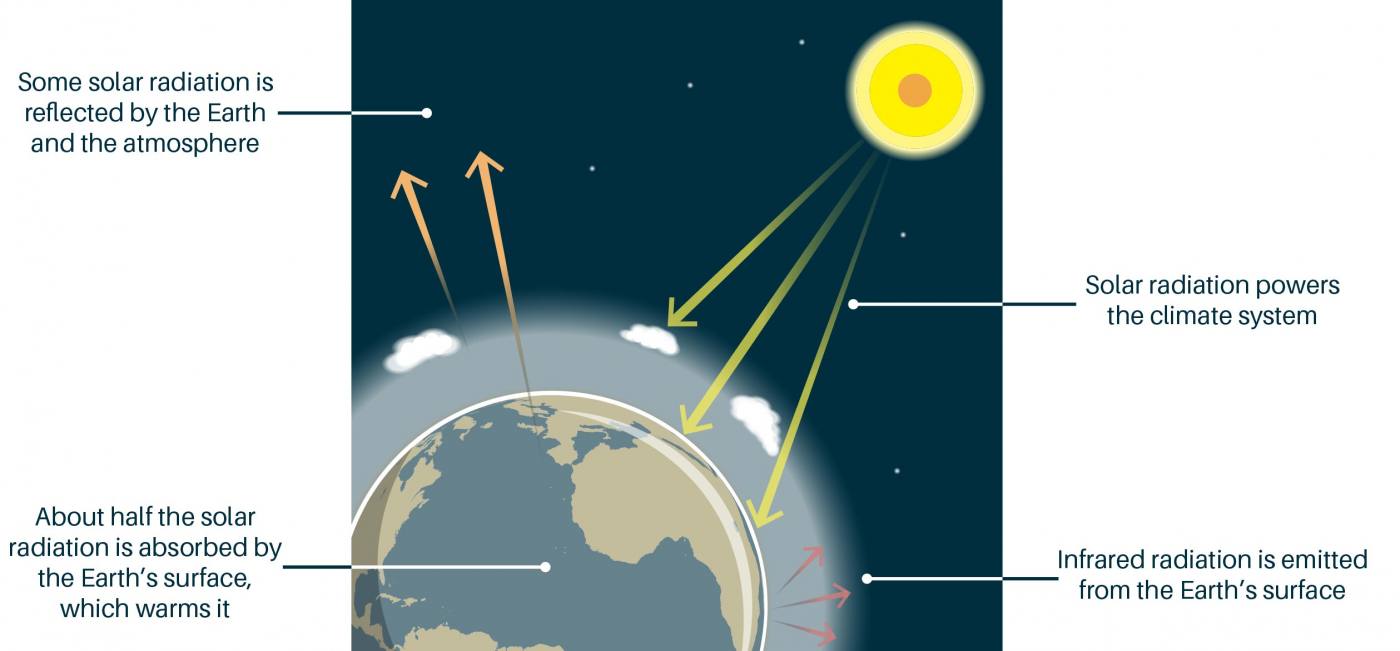



The Greenhouse Effect British Geological Survey
The Australian Government's inventory of the nation's sources and sinks of greenhouse gases shows agriculture was responsible for about 135% of Australia's greenhouse gas emissions in 18 The Department of Primary Industries and Regional Development works with people in Western Australian agriculture to manage the economic, environmental and social impacts ofGreenhouse gas definition, any of the gases whose absorption of solar radiation is responsible for the greenhouse effect, including carbon dioxide, methane, ozone, and



Small Increase In Eu S Total Greenhouse Gas Emissions In 17 With Transport Emissions Up For The Fourth Consecutive Year European Environment Agency



3




Pork Production And Greenhouse Gas Emissions Pork Information Gateway




Greenhouse Gas Emissions Caltech Science Exchange




What Is The Greenhouse Effect The Environment For Kids Updated Version Youtube




Overview Of Greenhouse Gases Us Epa




Federal Climate Policy To Reduce Greenhouse Gas Emissions




Usgcrp Indicator Details Globalchange Gov




Causes Facts Climate Change Vital Signs Of The Planet



Greenhouse Gas Wikipedia




Banning The Super Greenhouse Gas Environment All Topics From Climate Change To Conservation Dw 17 10 16
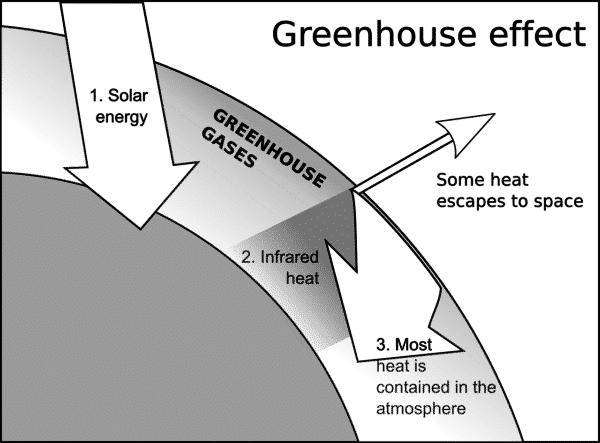



What Is Greenhouse Effect Its Causes Outcome Natural Energy Hub
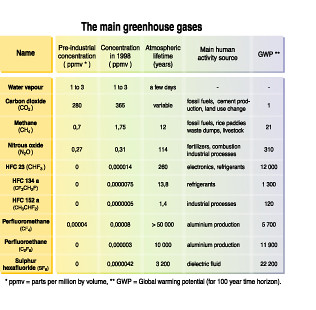



Potuc7ncll Mem




Dec Greenhouse Gases Down More Work Needed To Meet State Goals Wetm Mytwintiers Com
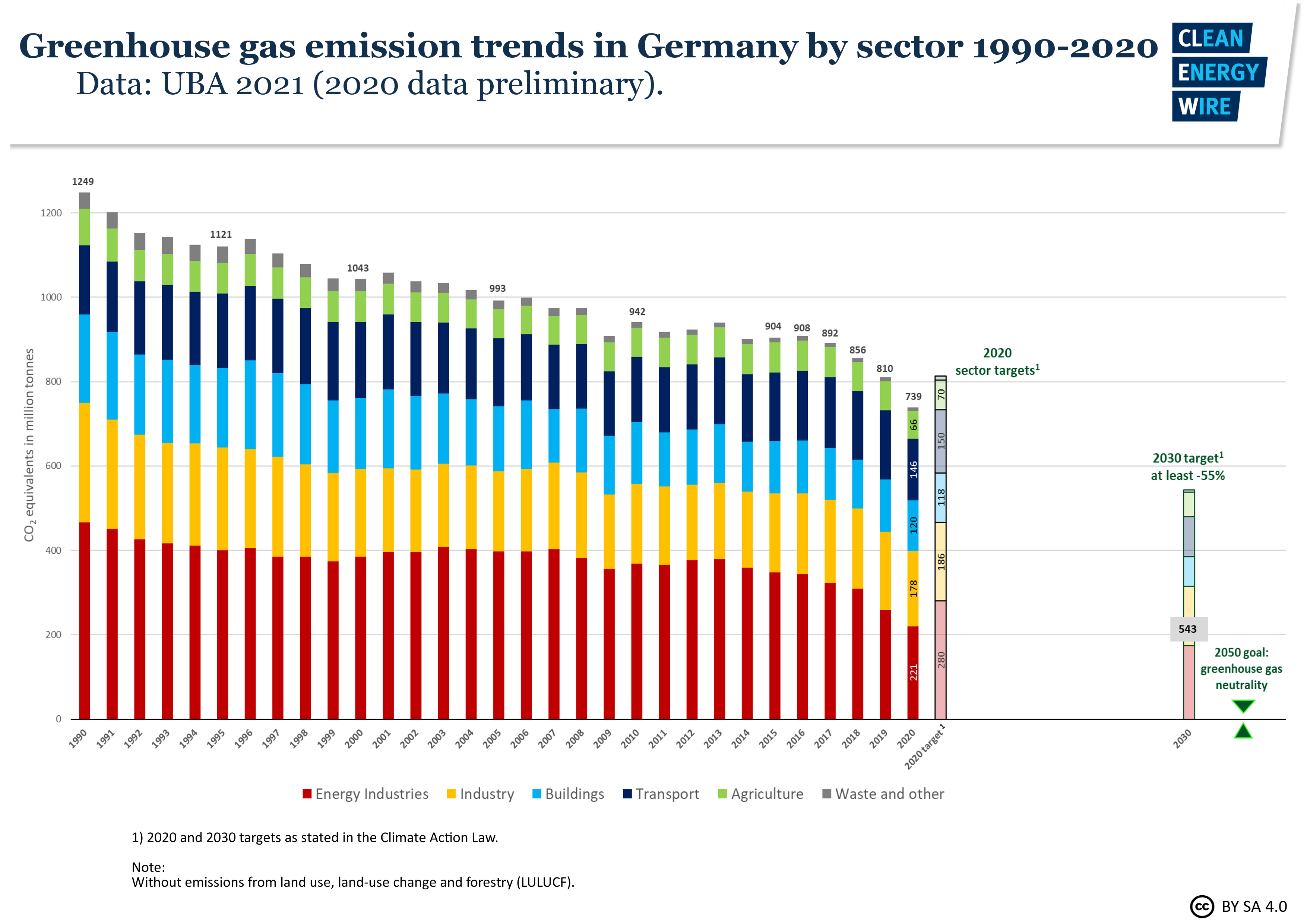



Germany Sees Record Greenhouse Gas Emission Fall Due To Pandemic Renewables Clean Energy Wire
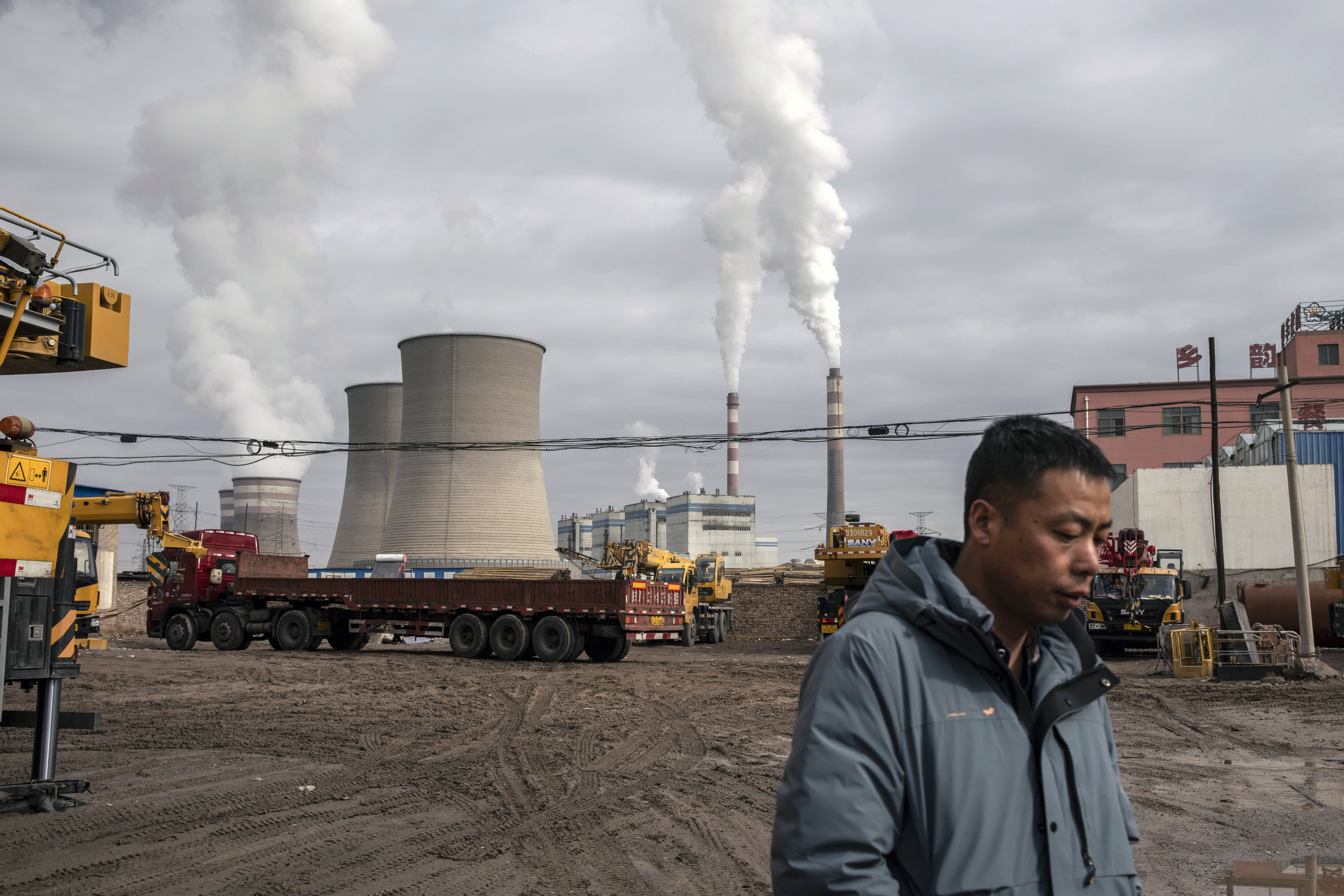



China S Greenhouse Gas Emissions Exceed U S Developed World Report




Too Much Of A Good Thing




Climate Change Annual Greenhouse Gas Index Noaa Climate Gov




Greenhouse Gases With Stable Isotopes



1




Greenhouse Gases Images Stock Photos Vectors Shutterstock




Greenhouse Effect Wikipedia




Greenhouse Gas Emissions In Santa Fe City Of Santa Fe New Mexico
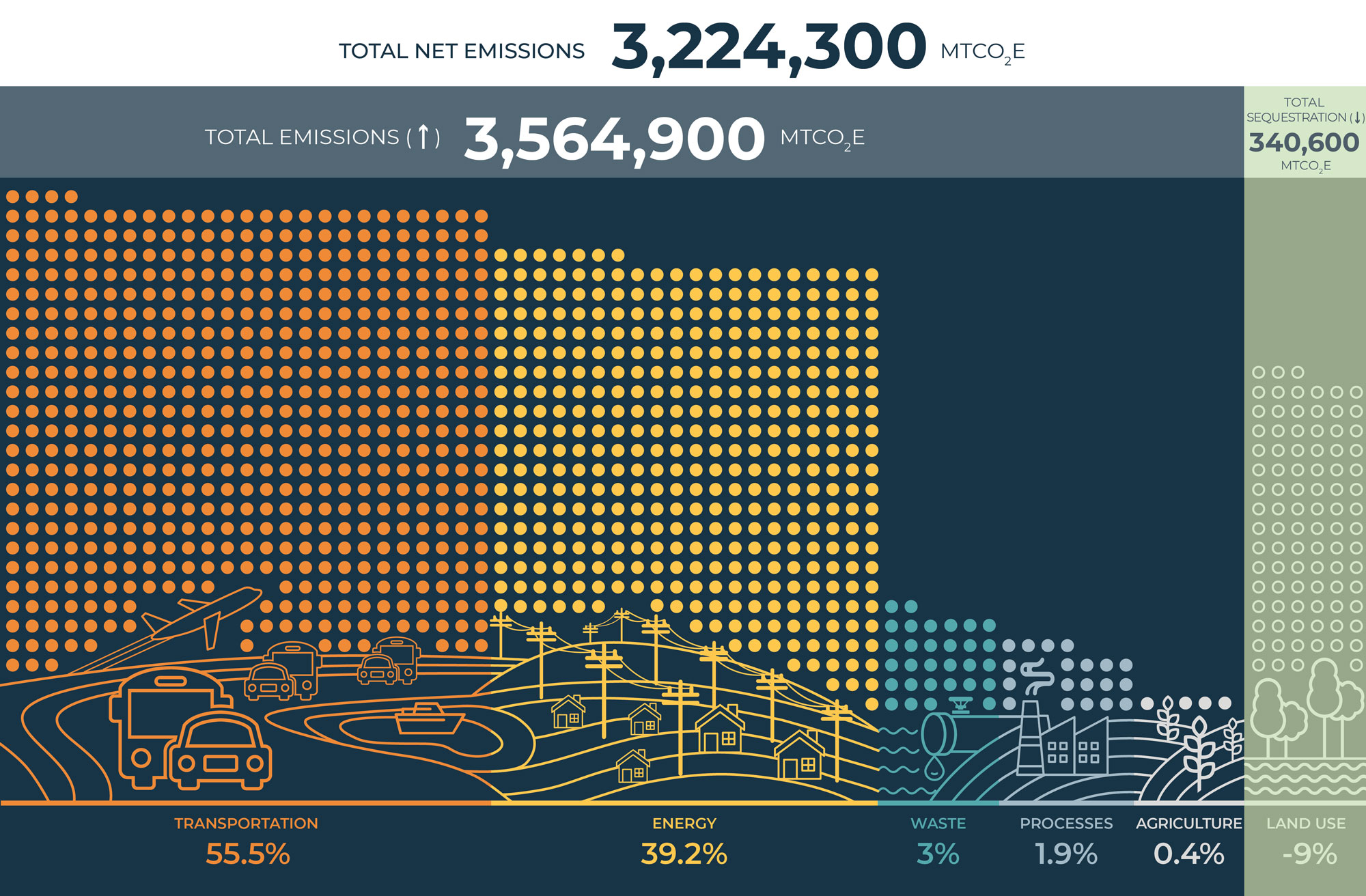



Greenhouse Gas Emissions Inventory Cape Cod Commission




Greenhouse Gas Emissions By The United States Wikipedia




Greenhouse Gas Emissions Inventory Nh Department Of Environmental Services
:max_bytes(150000):strip_icc()/greenhouse-effect-vector-diagram-889624280-6670a804e4d2472eb71892d746c8d0df.jpg)



What Are Greenhouse Gases And The Greenhouse Effect




Greenhouse Gas Ghg Meaning And Several Examples
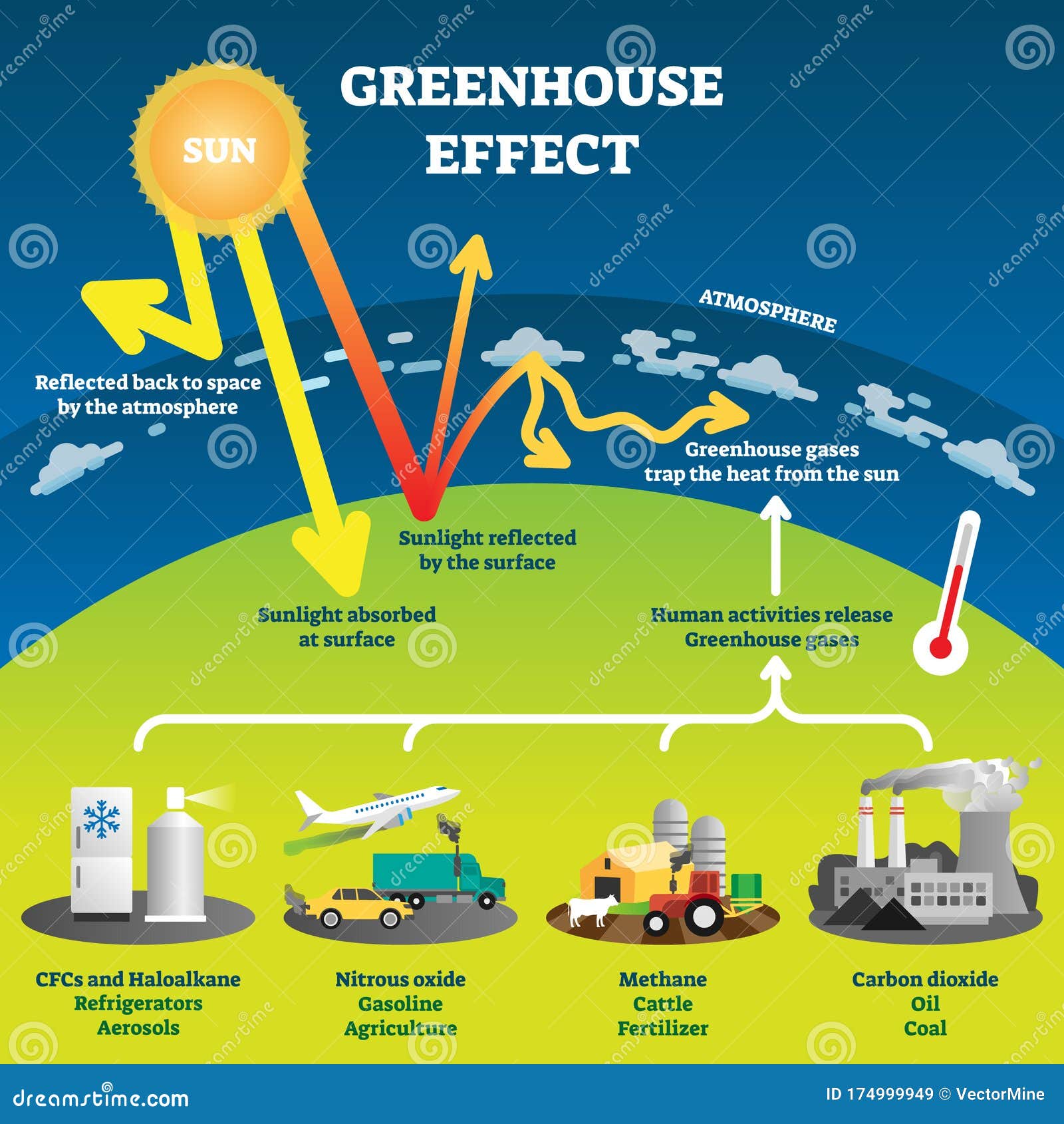



Greenhouse Effect Stock Illustrations 3 345 Greenhouse Effect Stock Illustrations Vectors Clipart Dreamstime




Noaa Index Tracks How Greenhouse Gas Pollution Amplified Global Warming In Welcome To Noaa Research




Greenhouse Effect 101 Nrdc



Ozone Layer



Greenhouse Gases
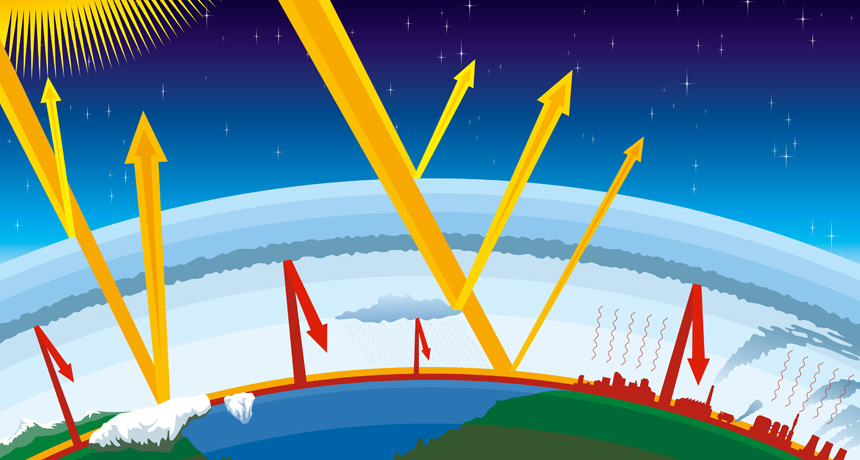



Explainer Global Warming And The Greenhouse Effect Science News For Students




Greenhouse Gases U S Energy Information Administration Eia
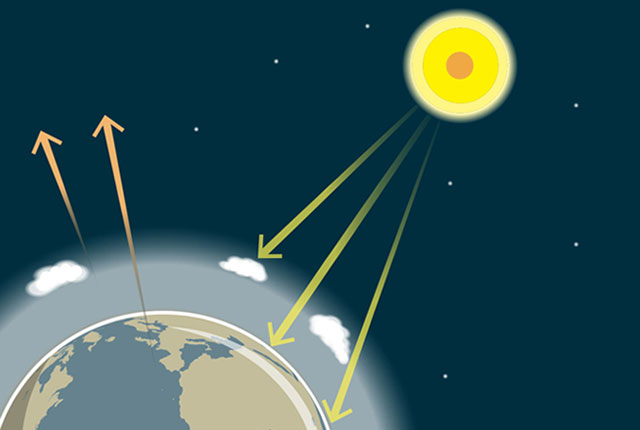



The Greenhouse Effect British Geological Survey




What S The Deal With Greenhouse Gases Emissions And The Environment Futurelearn
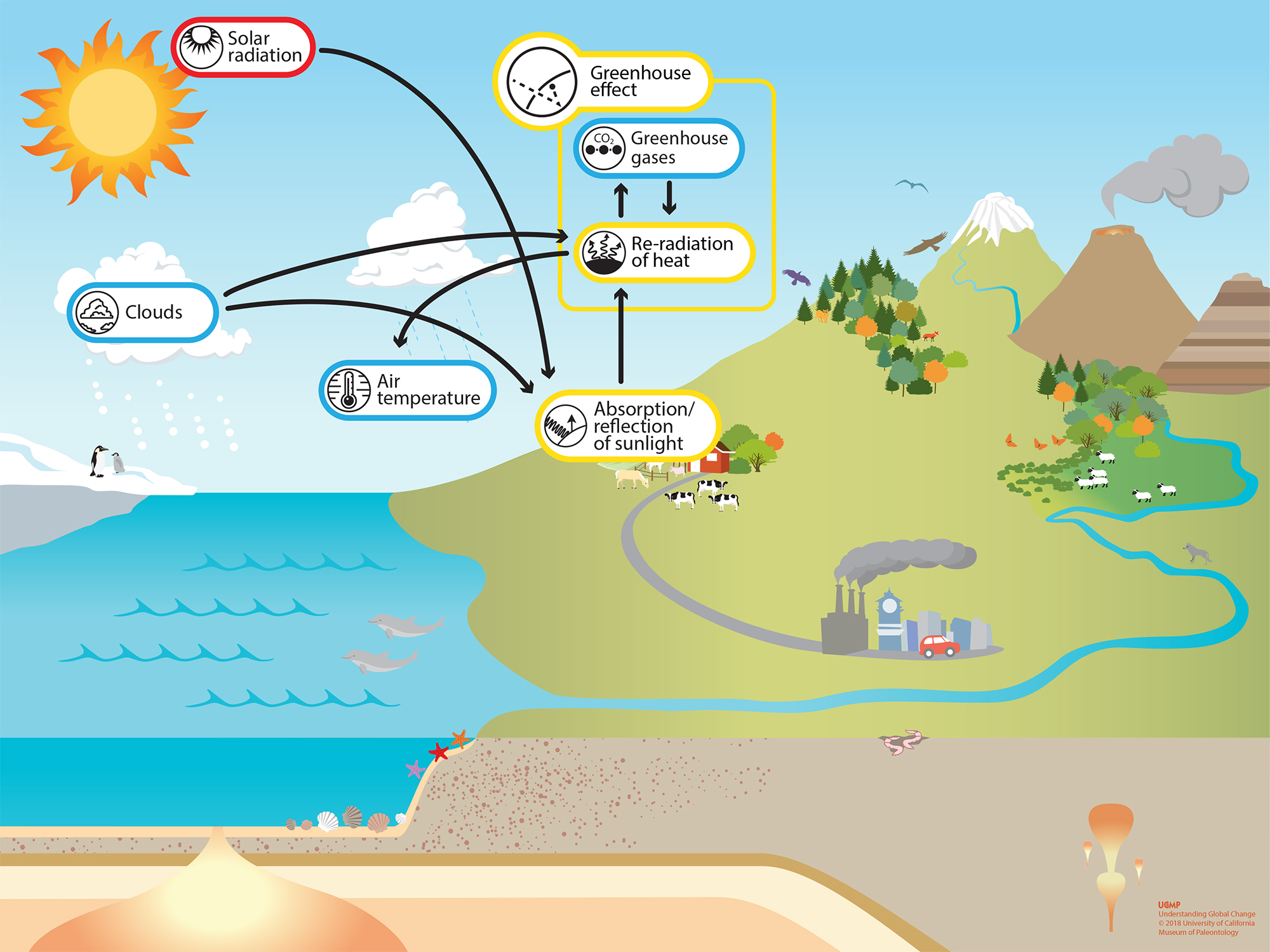



Greenhouse Effect Understanding Global Change




Food Production Is Responsible For One Quarter Of The World S Greenhouse Gas Emissions Our World In Data




Njdep Air Quality Energy Sustainability




A Global Breakdown Of Greenhouse Gas Emissions By Sector




A Global Breakdown Of Greenhouse Gas Emissions By Sector




Greenhouse Gases 101 Ben Jerry S




Carbon Dioxide In The Atmosphere Is At A Record High Here S What You Need To Know
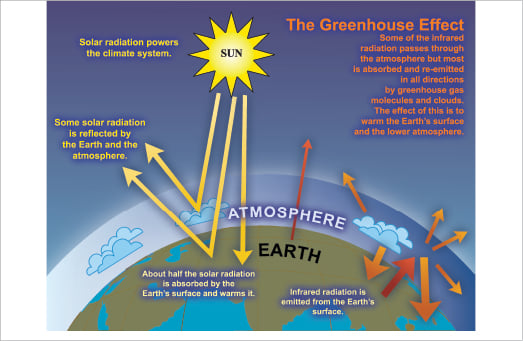



Faq 1 3 Ar4 Wgi Chapter 1 Historical Overview Of Climate Change Science




Explained Greenhouse Gases Mit News Massachusetts Institute Of Technology




Overview Of Greenhouse Gases Us Epa




Regional Greenhouse Gas Inventory Transportation And Stationary Energy Southeast Florida Regional Climate Compact




Types Of Greenhouse Gases Definition And Effects On Climate Change




Greenhouse Gas Ghg Emissions Inventory Partner Energy
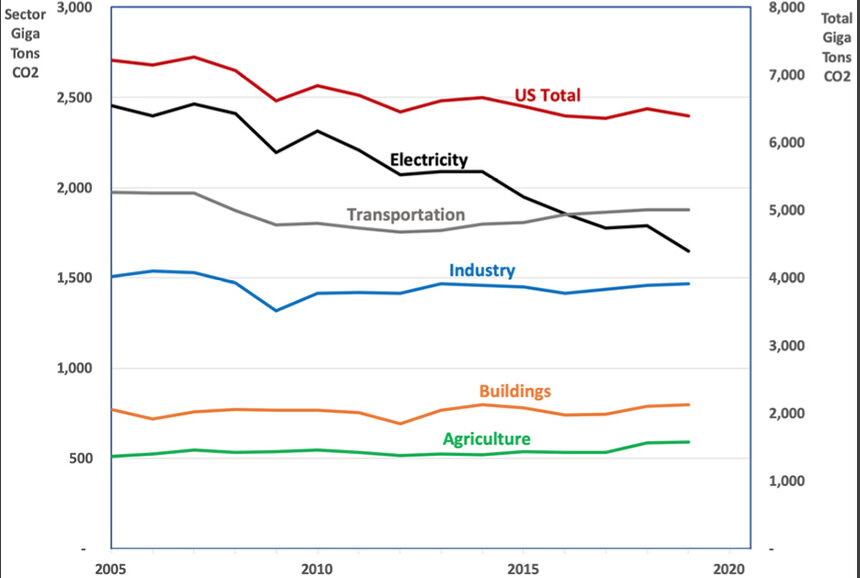



No Progress Made To Reduce U S Greenhouse Gas Emissions Ecori News



Greenhouse Gas Energy Saving Products
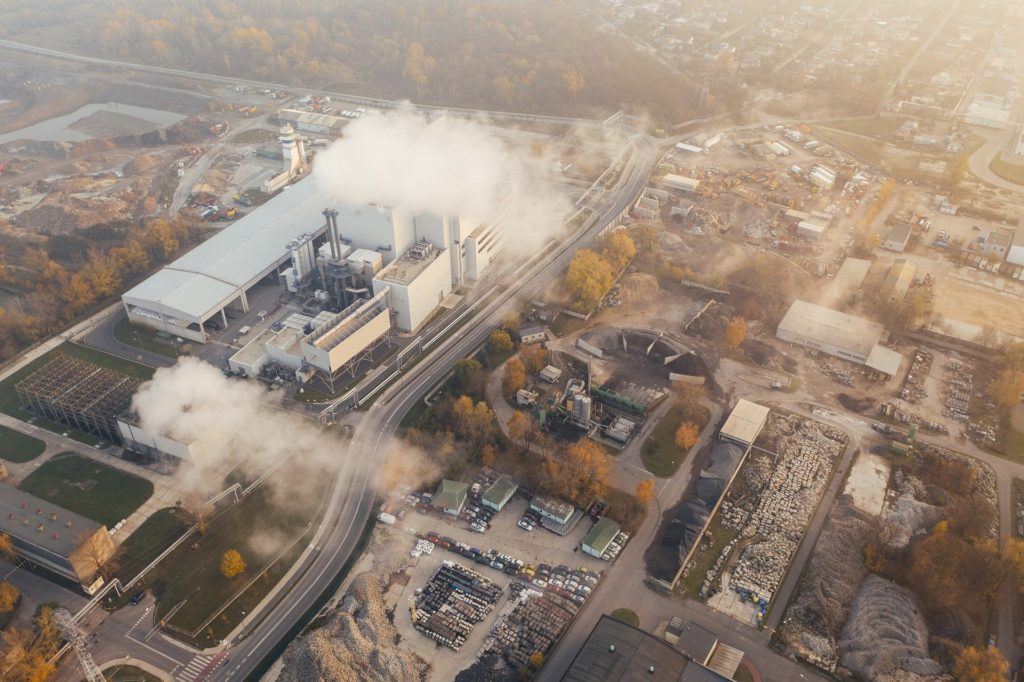



What Are Greenhouse Gases David Suzuki Foundation




The Greenhouse Effect World101
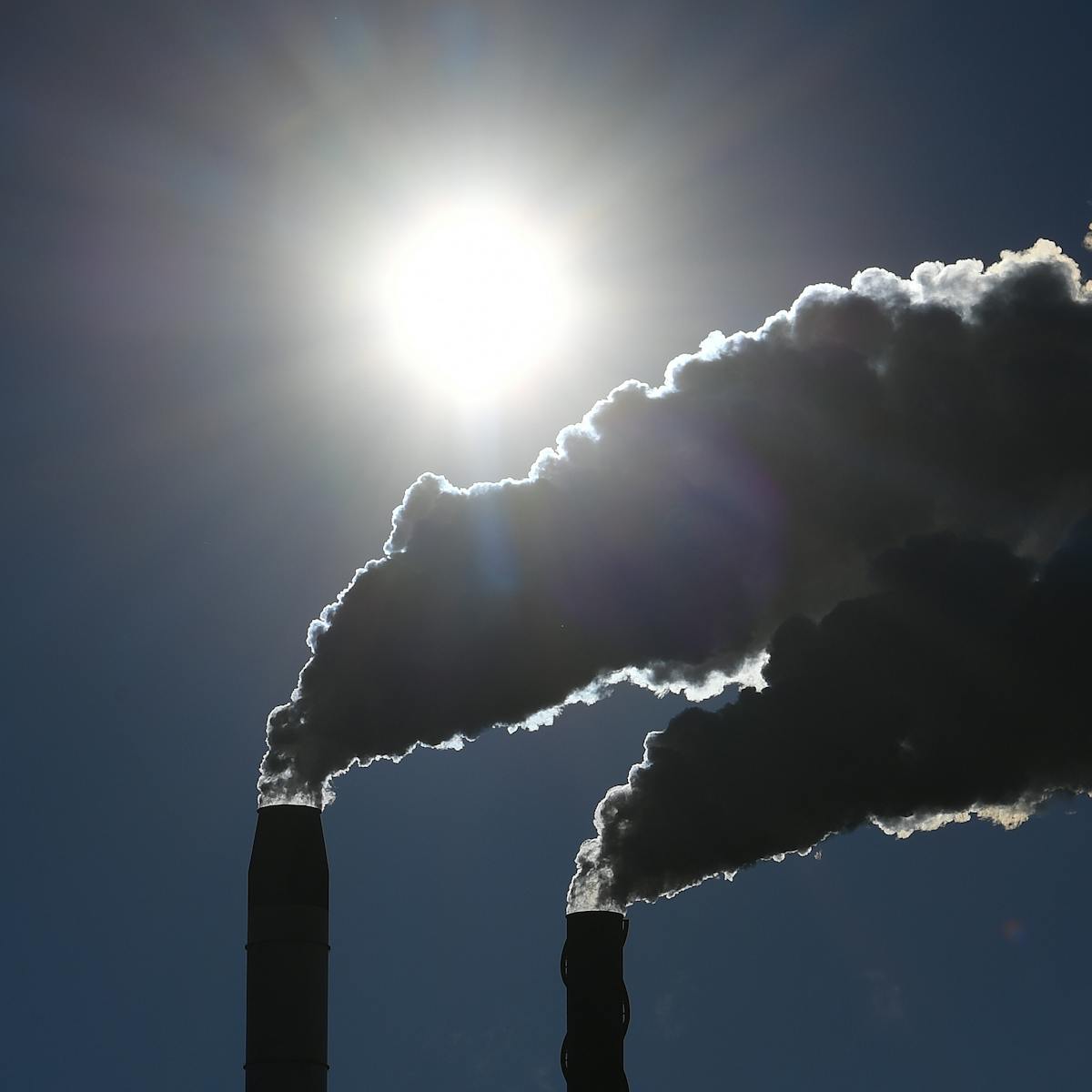



World Greenhouse Gas Levels Made Unprecedented Leap In 16
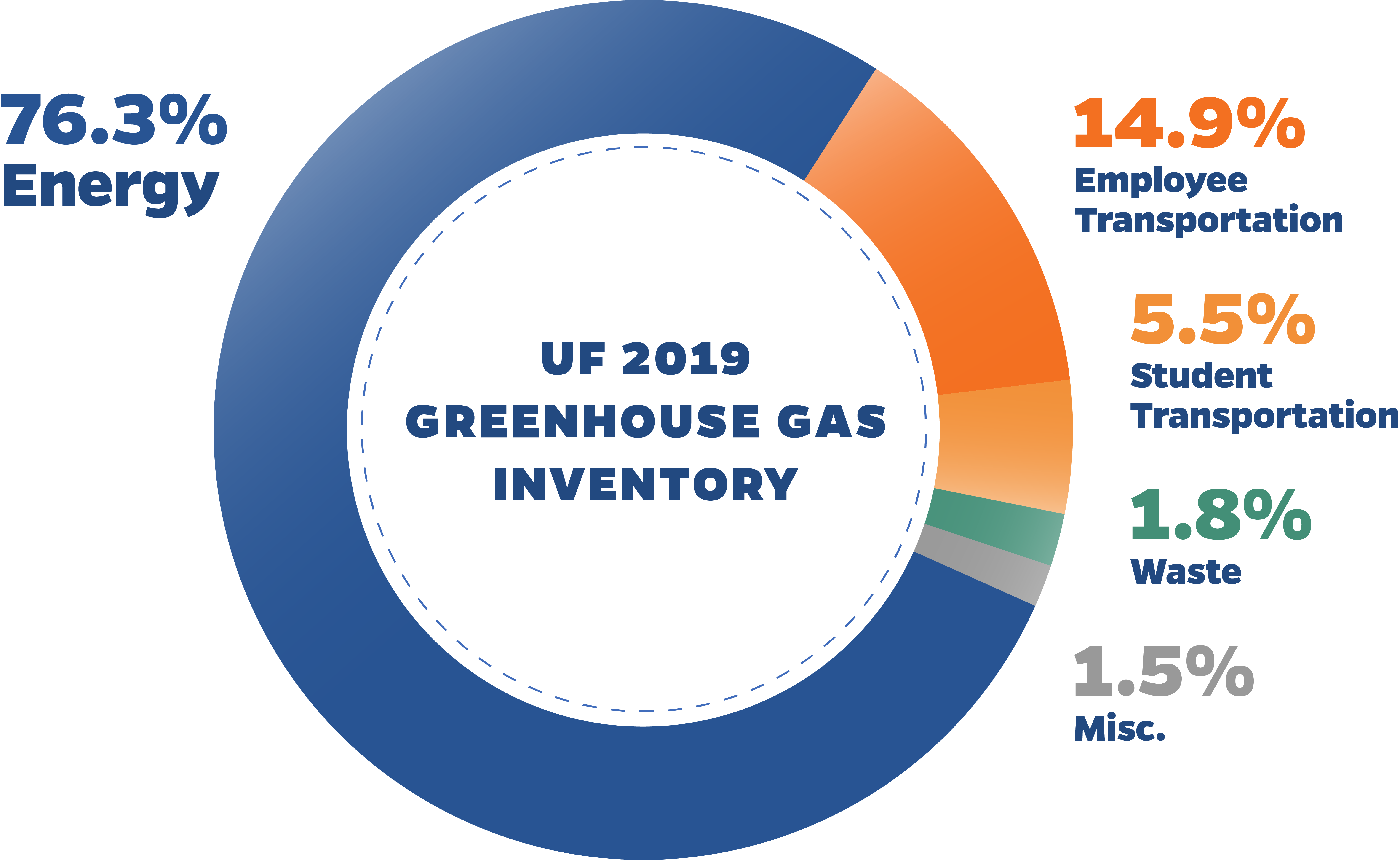



Uf Greenhouse Gas Inventory Sustainability Sustainability University Of Florida Business Affairs University Of Florida




Greenhouse Gas Concentrations In Atmosphere Reach Yet Another High World Meteorological Organization




Greenhouse Effect 101 Nrdc




Removing Harmful Greenhouse Gases From The Air Using Energy From Plants Frontiers For Young Minds




Greenhouse Effect And Greenhouse Gases Youtube




Air Pollution Greenhouse Gases Britannica



Chart China Beats U S Europe In Combined Greenhouse Gases Statista




The Greenhouse Effect Climate Matters




Greenhouse Gases World Meteorological Organization




Indicator Greenhouse Gas Emissions Umweltbundesamt




Are Humans Causing Or Contributing To Global Warming Noaa Climate Gov




Greenhouse Atmosphere Let S Heat Things Up Lesson Teachengineering
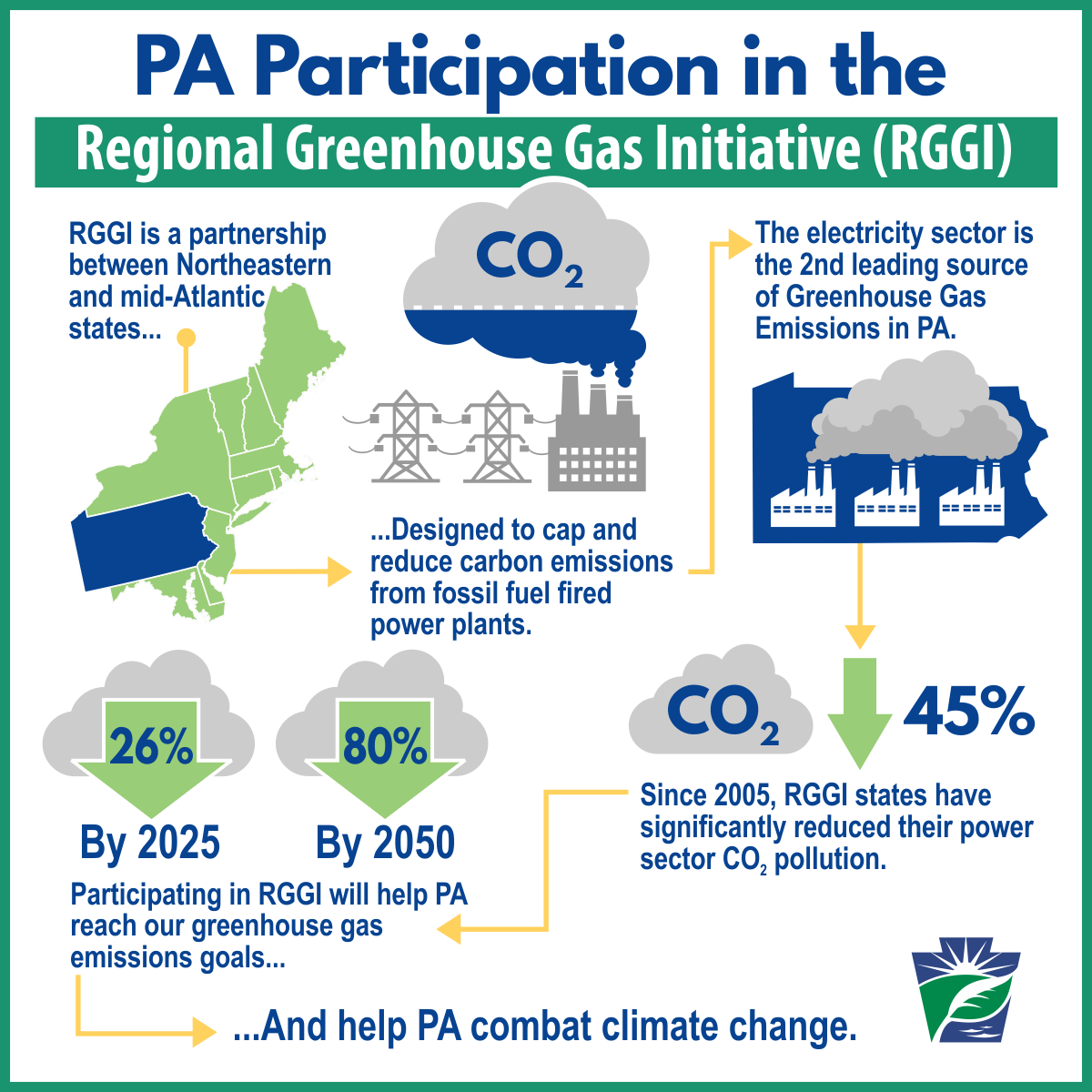



Rggi




Hiding Greenhouse Gas Emissions In The Cloud Nature Climate Change
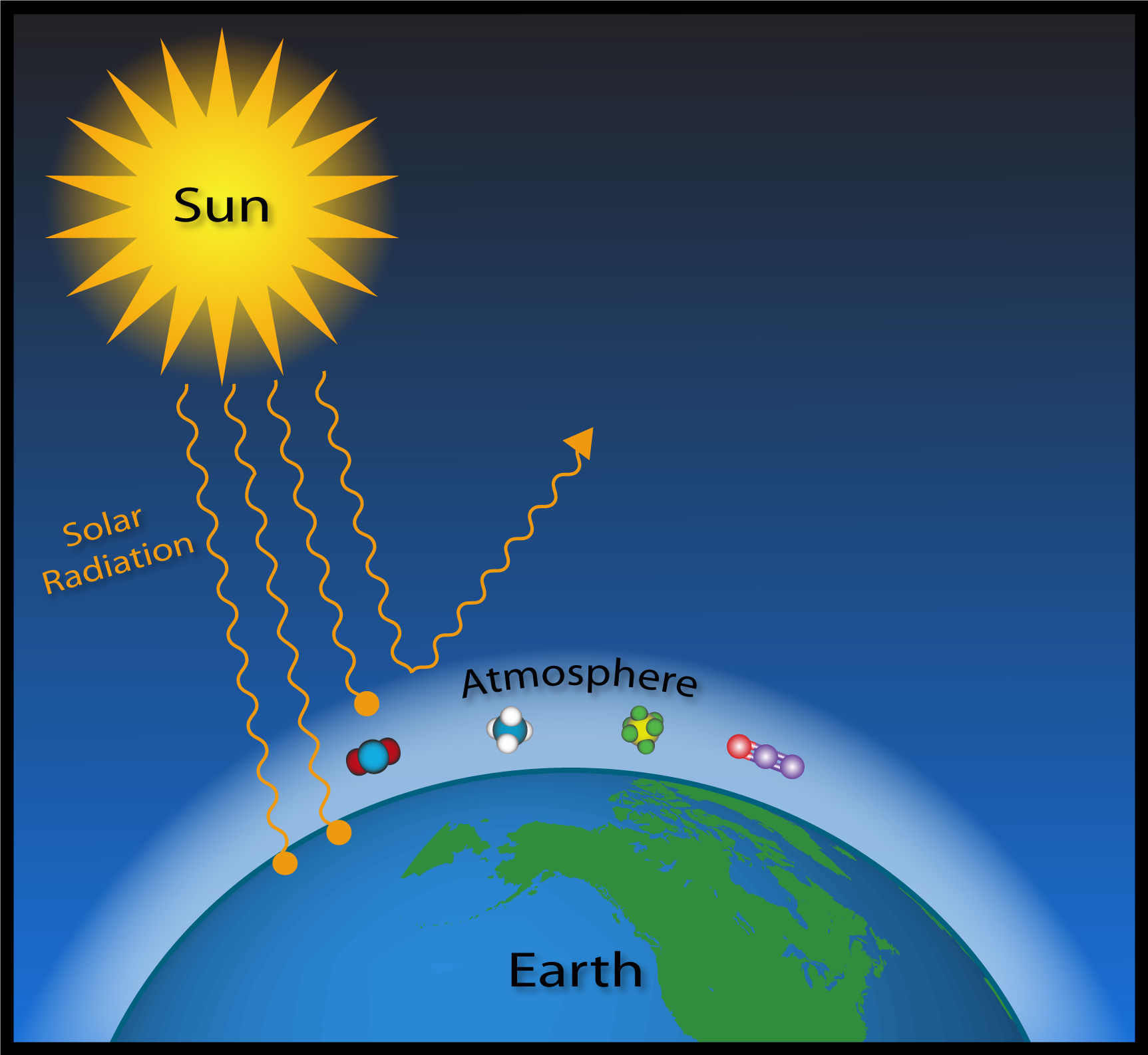



Greenhouse Gasses Captain John Smith Chesapeake National Historic Trail U S National Park Service



Greenhouse Gas Emissions Wikipedia




Reducing Greenhouse Gases Washington State Department Of Ecology




Carbon Dioxide Methane Nitrous Oxide And The Greenhouse Effect Conservation In A Changing Climate
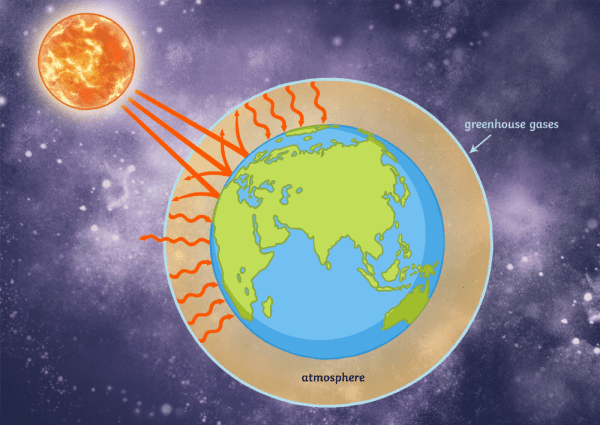



What Are Greenhouse Gases Answered Twinkl Teaching Wiki
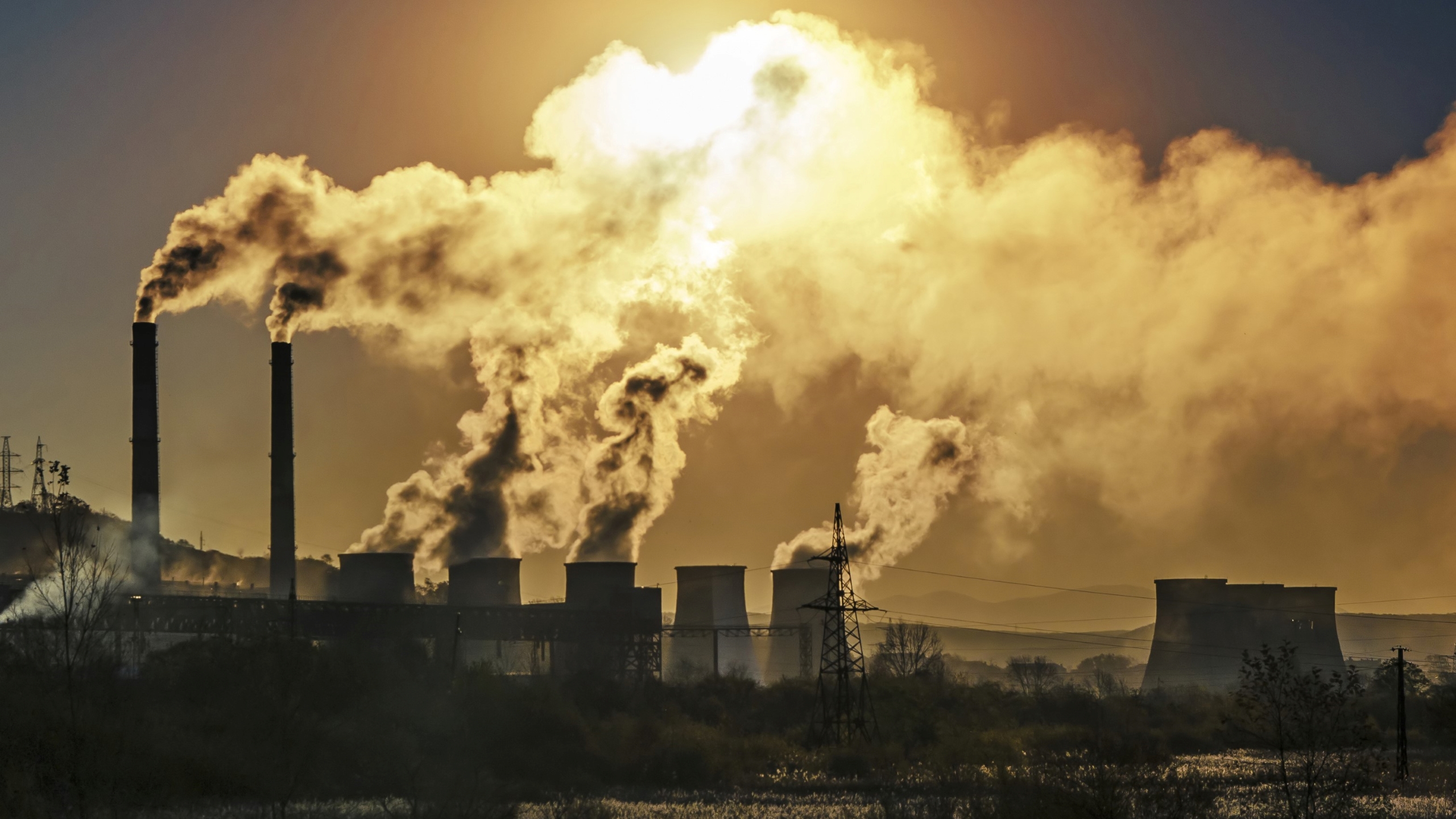



Greenhouse Gases Causes Sources And Environmental Effects Live Science




Greenhouse Gas Emissions In Agriculture Proterra Foundation
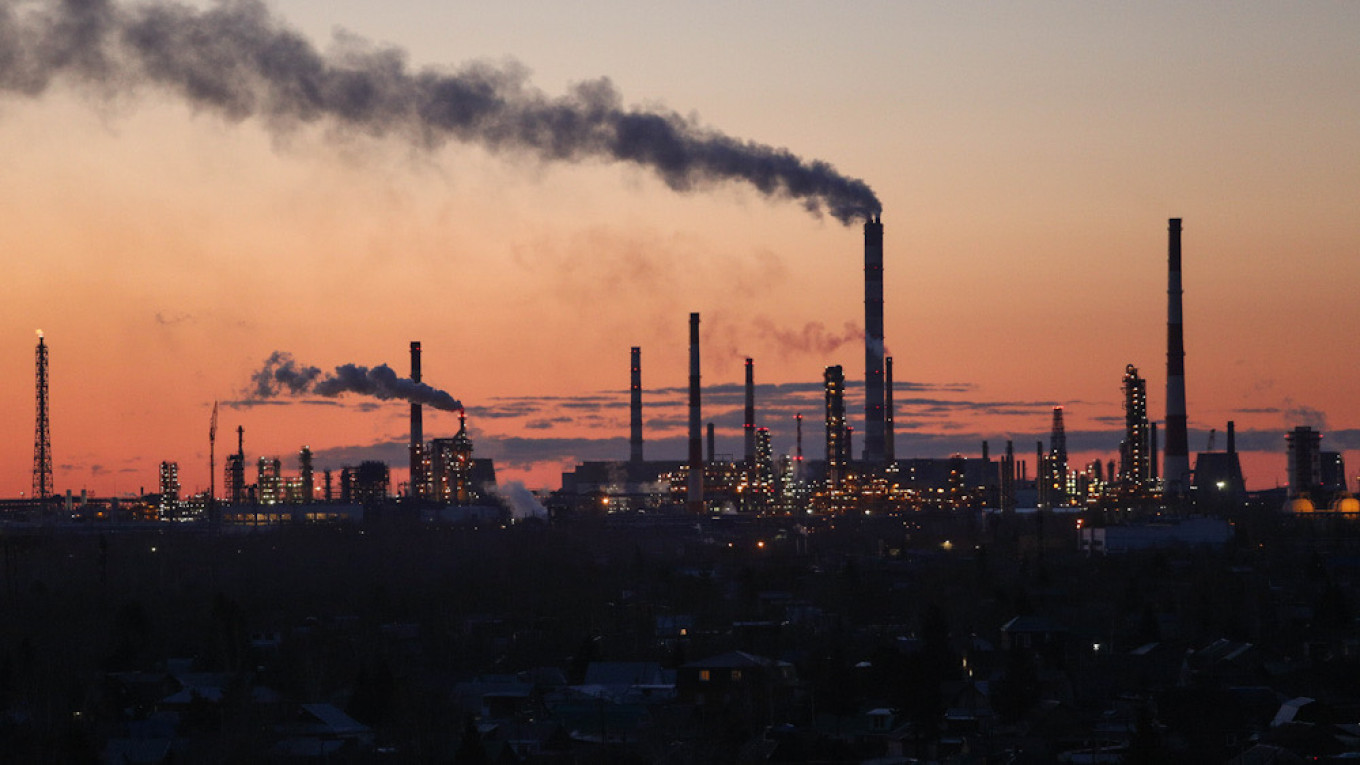



Russia Passes First Law To Limit Greenhouse Gas Emissions The Moscow Times




Greenhouse Gases Are Rapidly Changing The Atmosphere Climate Central
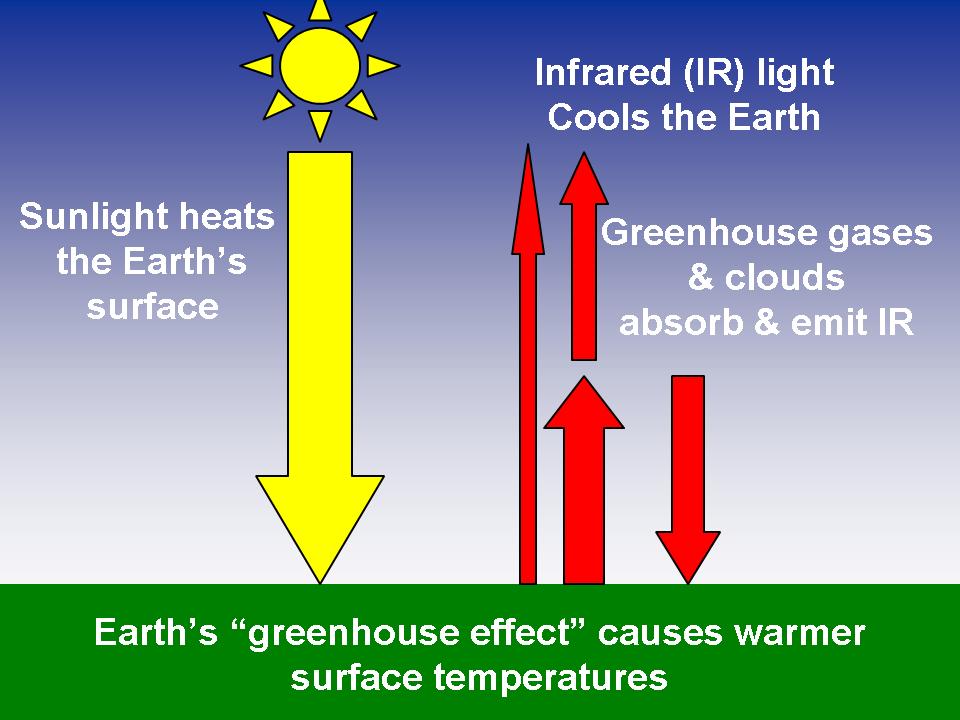



Weatherquestions Com What Is The Greenhouse Effect What Are Greenhouse Gases



Greenhouse Gas Emissions Reduction New Jersey Climate Change Resource Center




Grain How Much Of World S Greenhouse Gas Emissions Come From Agriculture




Greenhouse Gas Neutral Europe And The Role Of Geology Geoera
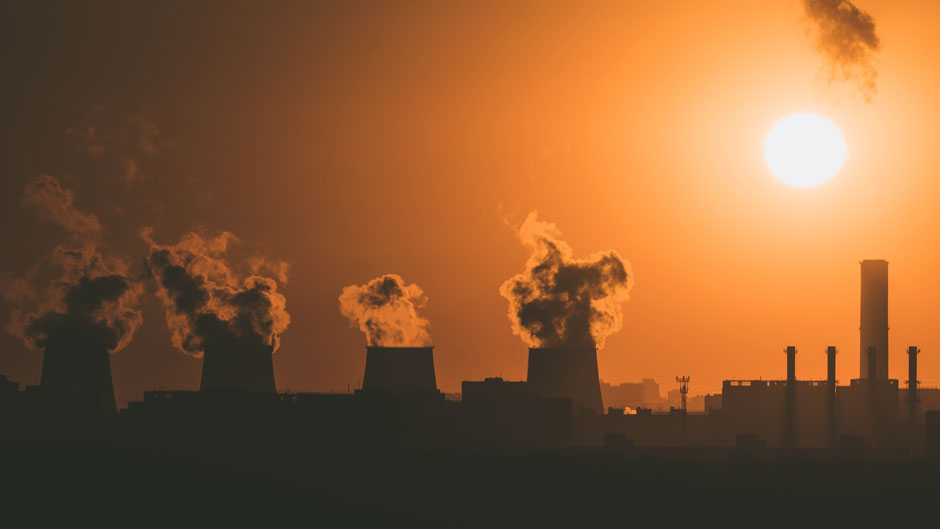



What Does The Spike In U S Greenhouse Gas Emissions Mean
.png)



Greenhouse Effect Energy Education




15 Sources Of Greenhouse Gases
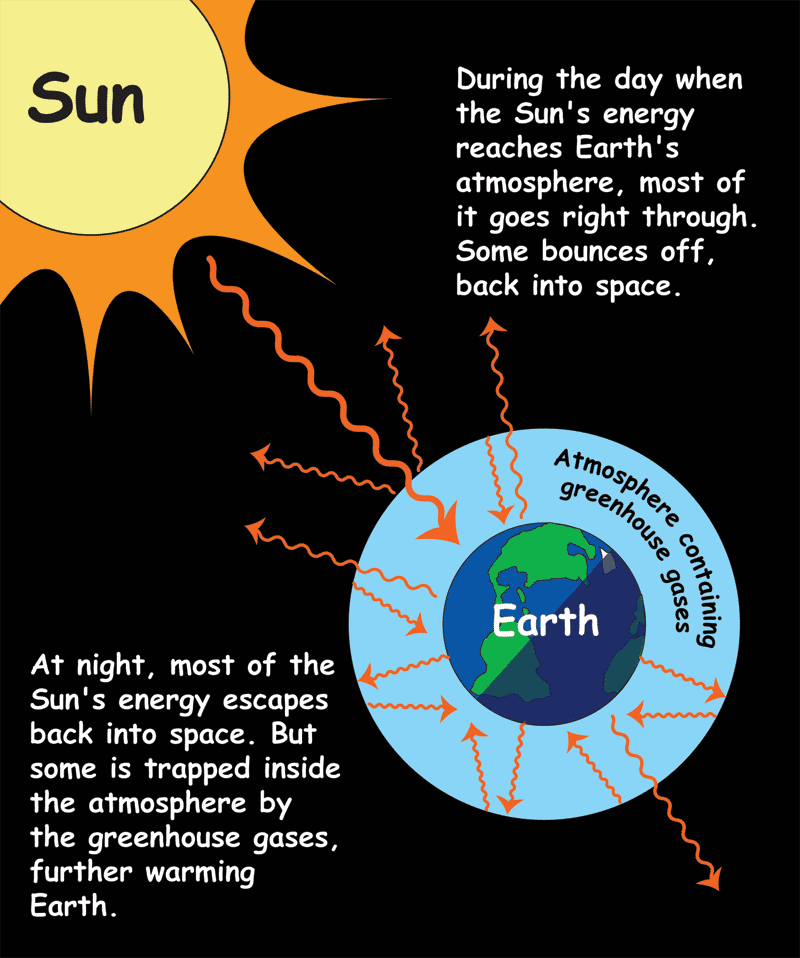



The Greenhouse Effect Nasa Space Place Nasa Science For Kids
コメント
コメントを投稿